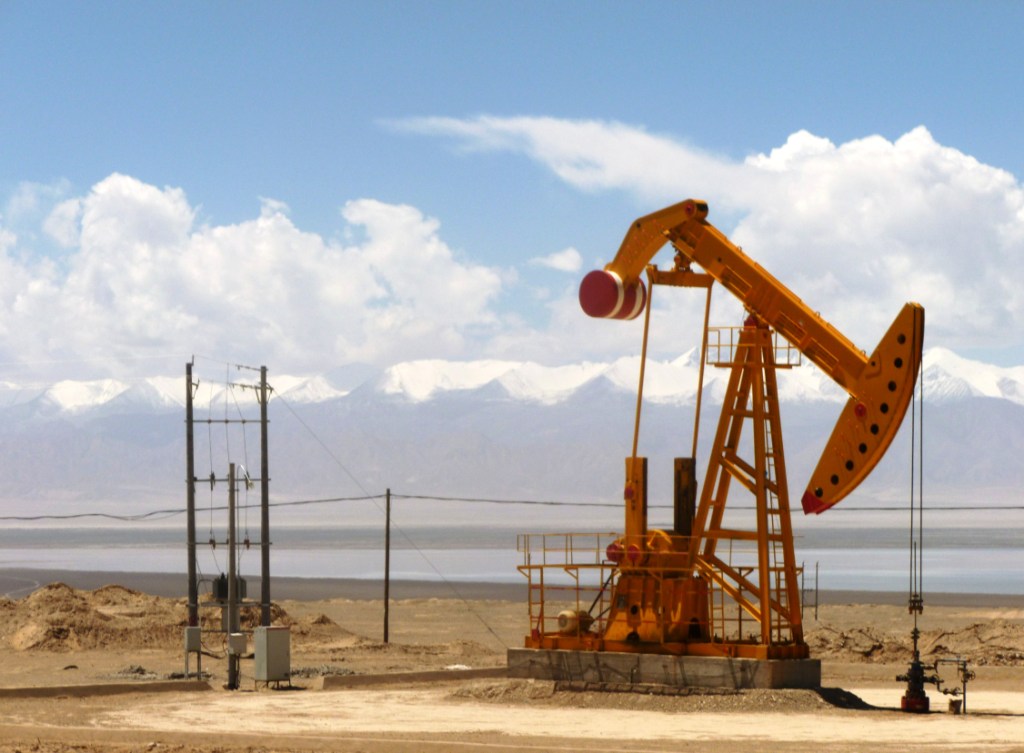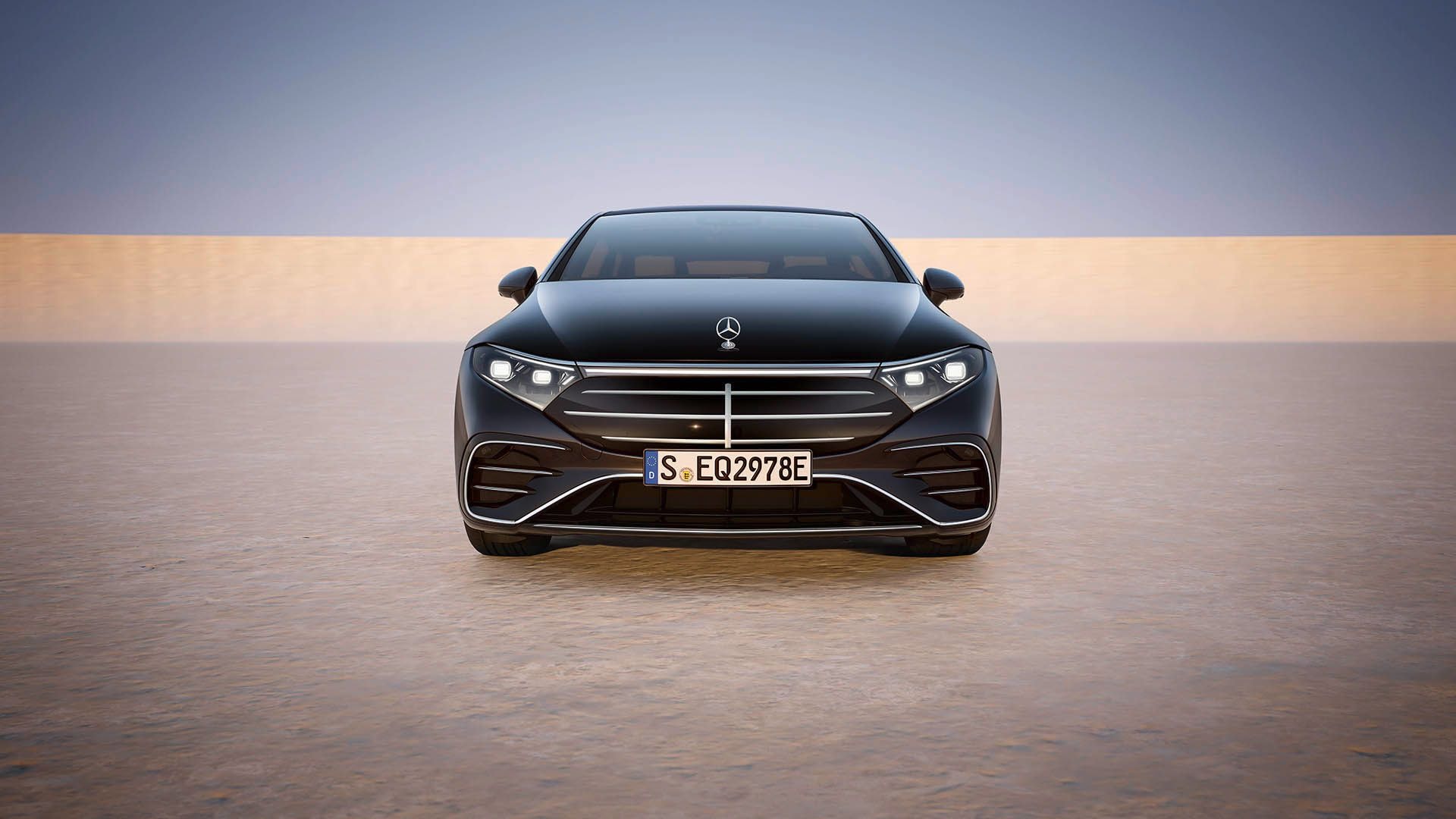Corporate Average Fuel Economy (CAFE) standards require carmakers to achieve a fleet average of 54.5 mpg by 2025, but the current average for new vehicles isn't even close to that.
The latest estimates put the average fuel economy of new cars closer to 25 mpg.
That sounds like a lot of ground to cover in a decade--but in fact, carmakers don't actually have to bridge the entire gap.
DON'T MISS: EPA Insider: Agency Bluffed Carmakers To Get CAFE Standards
The CAFE method of calculating fuel efficiency differs significantly from the fuel-economy ratings found on the window stickers of every new passenger vehicle in the U.S.
Developed years ago by the Environmental Protection Agency (EPA) and National Highway Traffic Safety Administration (NHTSA), the "CAFE numbers" use specific test cycles originally created to measure exhaust emissions for gasoline vehicles.
Taking the CAFE mandate and adjusting it to compare to fuel-economy numbers you'll actually see on window stickers brings the target closer to 40 mpg.

Gas pump
There are two main differences that separate the unadjusted and adjusted fuel-economy figures, according to a Chicago Tribune article last fall that neatly lays it all out.
The first is credits, which manufacturers can receive for selling electric cars, flex-fuel vehicles that can run on E85 ethanol, and incorporating technologies that limit greenhouse gas emissions.
RELATED: Gas Mileage Rules For 2025 Could Be Lowered If Buyers Stick With SUVs
The largest credit--worth 4 to 5 mpg--is actually for the use of "climate-friendly" refrigerants in air-conditioning systems.
Applying these credits effectively lowers individual carmaker's efficiency targets--without any real improvement in the fuel economy of specific models.

Oil well (photo by John Hill)
The second difference has to do with the rules governing EPA fuel-economy testing.
To factor in the variables of individual drivers and different conditions, the EPA discounts the results of its tests by 20 percent, and applies that number to the window sticker.
More complicated yet, the term "fleet average" used to describe the CAFE target doesn't have much meaning in terms of the efficiency of individual models.
SEE ALSO: Miles Driven Are Rising, But Gas Consumption Continues To Fall
Each carmaker is aiming for an individual target based on the footprint of the specific mix of vehicles it makes.
Regardless of each automaker's differing target, the 2025 CAFE standard is already having a major impact on new vehicles and drivers' wallets.
The EPA and NHTSA have forecast that the rule will cut 6 billion metric tons of greenhouse-gas emissions over the lifetime of vehicles from model years 2012 through 2025.

2015 Nissan Leaf
It's also expected to cut oil imports by 2 million barrels per day by 2025.
And while the fuel economy of most vehicles wont' reach the vaunted 54.5 mpg, consumers are projected to save more than $1.7 trillion in fuel costs, according to EPA estimates.
So while the math remains complex--and often misunderstood--you can rest assured that each new generation of cars over the next 10 years will be more efficient than the last.
_______________________________________________












